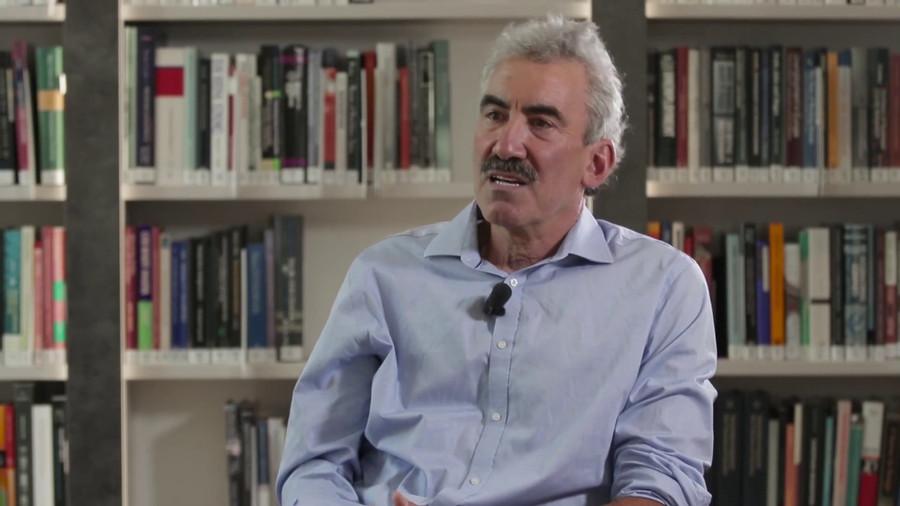Curiosity: evolution of the concept
Curiosity was first pictures as an unpleasant state that we were motivated to decrease.
In 1994, George Loewenstein offered a more modern take in his information-gap theory. His theory stated that curiosity was driven from the gap between what you know and what you’d like to know.
1.36K
10.9K reads
CURATED FROM
IDEAS CURATED BY
Traveling can make you smarter, more creative and improve your problem-solving abilities.
The idea is part of this collection:
Learn more about problemsolving with this collection
How to overcome fear of rejection
How to embrace vulnerability
Why vulnerability is important for personal growth
Related collections
Similar ideas to Curiosity: evolution of the concept
Curiosity and boredom are a form of motivation for learning
- Information-gap theory of curiosity. This theory argues that the intensity of curiosity is controlled by the gap between what you know and what you want to know.
- Friston and free energy of human neuroscience places the search for information as the...
The information gap
In a 1994 paper, George Loewenstein theorized that curiosity’s direction is determined by the “information gap,” the sudden awareness of what you don’t know and the immediate desire to fill that gap.
But for the information gap to set its hook, though, it can’t be ...
The mechanics of curiosity
Research around curiosity found that children at age 5 scored 98% on a creativity test. When the same children took the test at age 10, only 30% scored well on the test. By age 15, only 12% of the same children did well. Less than 2% of adults are defined as creative based on their answer to this...
Read & Learn
20x Faster
without
deepstash
with
deepstash
with
deepstash
Personalized microlearning
—
100+ Learning Journeys
—
Access to 200,000+ ideas
—
Access to the mobile app
—
Unlimited idea saving
—
—
Unlimited history
—
—
Unlimited listening to ideas
—
—
Downloading & offline access
—
—
Supercharge your mind with one idea per day
Enter your email and spend 1 minute every day to learn something new.
I agree to receive email updates
